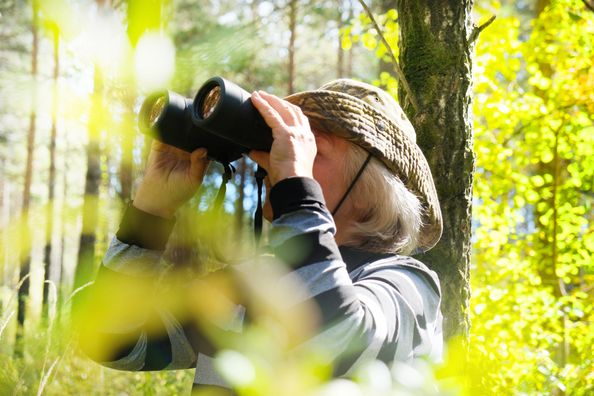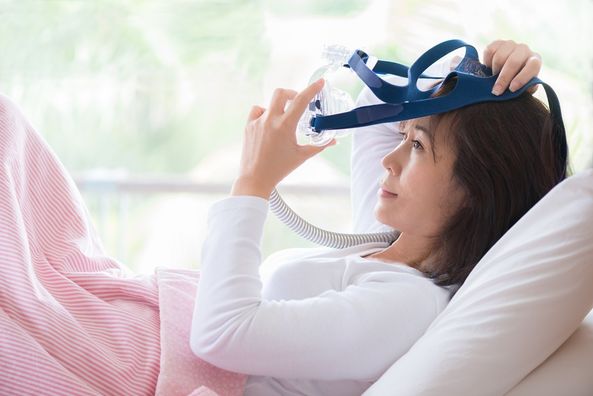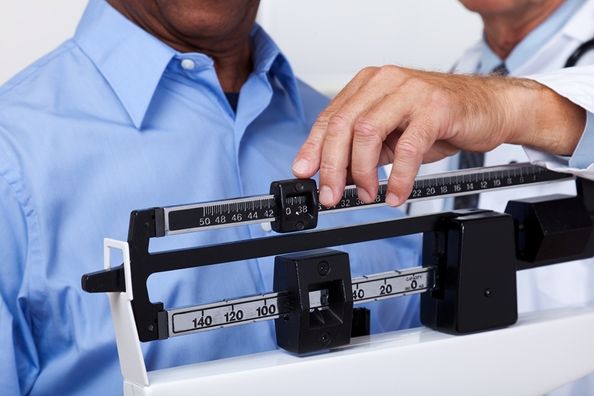Michael J. Fox. Neil Diamond. Ozzy Osbourne. On the surface, it might not seem like these three celebrities have much in common, but they all share a specific connection. They’ve all been diagnosed with Parkinson’s disease.

Source: National Institute of Neurological Disorders and Stroke
Parkinson’s disease (PD) is a kind of movement disorder, meaning that it affects someone’s ability to move. While these kinds of conditions affect the way your body functions, they are actually neurologic conditions, meaning they are caused by changes in the brain.
Although movement disorders like PD can have a big impact on your abilities, there are still many opportunities to stay active. From different hobbies to exercises, there are multiple ways you can have fun, manage your symptoms, and take care of your physical and mental health.
Ways to Get Moving
Physical movement and exercise are important parts of your journey with Parkinson’s disease. Getting motivated to get moving can be tough, but it can also affect your condition and life.
Physical activity can slow down the progression of your PD and help you maintain your mobility for a longer period. It can also be a helpful tool to manage and lessen your pain related to your PD and help improve your mood, memory, sleep, and quality of life.
Here are some ways you can get moving and make exercise a regular part of your routine.
Cardio Exercise
Exercises like boxing, running, walking, hiking, and bicycling have been shown to slow the progression of Parkinson’s disease. Studies have shown that high-intensity exercise increases blood flow and oxygen while sending increased amounts of dopamine and endorphins to the brain. In addition to the chemical benefits from intense exercise, it can help balance and gait issues as well.
Tai Chi, Yoga, or Stretching Programs
One kind of exercise to work into your routine is balance exercises. As your Parkinson’s disease progresses, you might notice changes in your balance or mobility. To maintain and practice your balance, you could choose an activity like tai chi or yoga.
There are many other local exercise classes you can take — some are even specifically designed for people with Parkinson’s disease. Physical activity doesn’t have to be lonely. Consider joining an exercise group for people with PD to help you stay motivated and connected.
Neurologic Therapy
Getting moving on your own — or even knowing where to start — can be tricky when you have Parkinson’s disease. At worst, it can be dangerous if you’re not sure what you can or can’t do.
Physical therapy can help.
Also called neurologic therapy, this kind of treatment can help slow the progression of your condition, while also helping to improve your strength, balance, muscle tone, and flexibility. If your physician recommends this kind of physical therapy, be sure to attend your appointments and do any at-home exercises they recommend.
Gardening
Getting more movement in your routine isn’t just about the motions you associate with “exercise” or “fitness.” Anything you can do to safely get moving and use your motor skills can be helpful for your physical and your mental health.
One activity that can help you get moving is gardening. The act of gardening can include planting seeds, weeding, and digging — all of which can help your hand mobility and strength. Beyond the physical benefits, gardening can also support your mental health too.
Everyone’s body is different and the safest exercises are the ones informed by your medical condition and your provider’s expertise. The best kinds of exercises that you choose for your Parkinson’s disease are the exercises approved by your care team — like your physical therapist or neurologist.
Finding a New Hobby
Your Parkinson’s diagnosis or progression might make you feel as though you can’t do the things you love to do. It can be challenging when your body or ability changes, and it’s okay to feel frustrated. But you don’t have to feel hopeless. In fact, you might actually be surprised by how much you can still do — and what new activities you might enjoy.
Birdwatching
Finding a new hobby can be a great way to boost your energy and give you something to look forward to. One new pastime you might check out is birdwatching. It doesn’t require a ton of movement (you can sit by a window and watch the birds), but it can also allow you to spend some time outside or in nature. You can begin birdwatching today, just by stepping outside and noticing what you see and hear. Getting familiar with the birds in your area is a great place to start.
As you get more involved, you may want to borrow a guide of native birds from your local library or buy a pair of binoculars. These can help you not only watch the birds but identify them too.
Playing Cards
While you might think of card games as a slow or stationary pastime, there’s a major muscle that you must use during a game: your brain. Card games like bridge or gin rummy encourage players to think about strategy while also using their memory — so these games can be great for older players and players with Parkinson’s disease.
Depending on the progression of your PD, you may be worried about your hand-eye coordination. Shuffling can be a good short workout for your hands, but there are also many assistive devices that can shuffle your cards and hold them for you.
Painting or Other Art
After receiving a diagnosis for Parkinson’s disease, you might think that you can’t start or keep creating art. While your body will change over time, you can still create — and there have been many artists, musicians, and actors who have continued making art after learning they have PD.
Art and art therapy can give you an opportunity to use your hands, but also to express how you’re feeling. Many people find art to be a great outlet, and this is true whether you have PD or not. Get a group of friends together for a painting night or to learn a new craft you’ve never done before. There are many hobbies you can learn at any point in your life.
Building a Routine When You Have Parkinson’s Disease
Getting a diagnosis for Parkinson’s disease is life-changing — and it can leave you wondering what the future holds. There’s no getting around the fact that there is a lot of uncertainty around PD, and that you might find yourself feeling overwhelmed or scared.
Life doesn’t end with a PD diagnosis, but it does change. But just because life changes, doesn’t mean that you still can’t find things to do that are fun and easy to do.
Health Topics:








